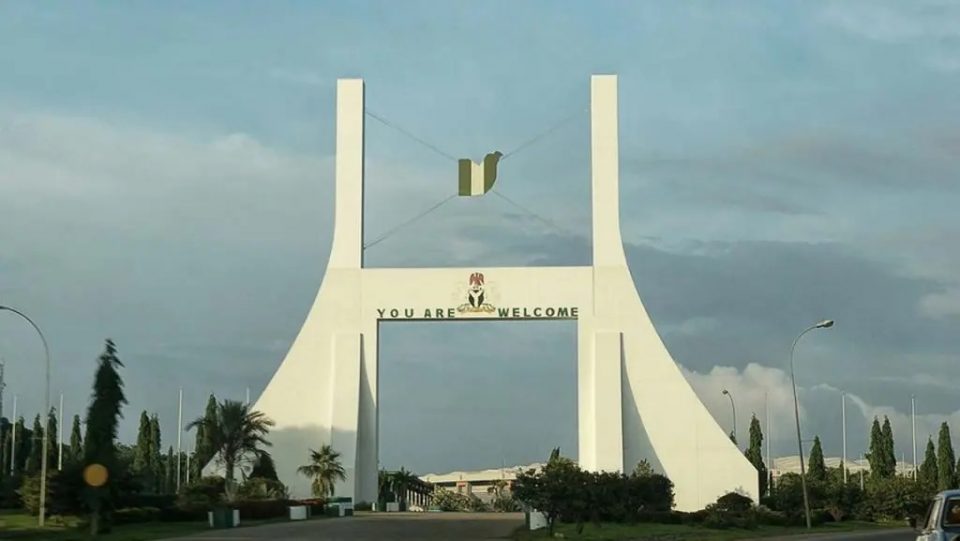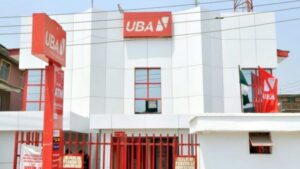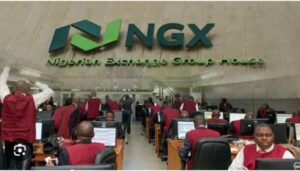Abuja land prices surge as infrastructure devt booms
The 2025 Nigeria Real Estate report by Ubosi Eleh & Co has revealed a significant surge in land prices across the Federal Capital Territory (FCT), Abuja, driven largely by ongoing infrastructure development projects.
One of the standout cases is Katampe Main, a rapidly developing district. In 2023, a 1,000m² plot sold for ₦120 million. By 2024, the price had jumped to ₦220 million, and projections suggest it could hit ₦300 million by the end of 2025. This sharp increase is attributed to ongoing infrastructure works, including a new bridge linking Katampe to the prestigious Maitama District — cutting travel time from over 20 minutes to just five.
With land in Maitama already commanding ₦1.20 million per square metre, Katampe’s improved access is expected to drive values even higher. The report describes Abuja’s current market as a “seller’s market,” with prime areas like Maitama, Asokoro, Wuse, and Garki fully allocated, while less developed areas still attract lower valuations due to limited infrastructure.
Infrastructure Speculation and Value Growth
The report underscores a familiar trend in Abuja’s property market: speculation around the Federal Capital Development Authority’s infrastructure projects tends to trigger immediate and substantial increases in land values. Katampe Main’s ongoing transformation serves as a prime example of this phenomenon.
Commercial Real Estate: Opportunities and Challenges
The report also provides insights into Abuja’s Central Business District (CBD), home to most of the city’s modern commercial office buildings. Despite its well-planned layout and high-quality construction, the area has experienced slow occupancy rates and high vacancies, largely due to Nigeria’s sluggish economic performance in recent years.
Office rental rates in 2024 stood between ₦50,000 and ₦70,000 per square metre annually, with little change expected if current conditions persist. The study notes that smaller office spaces (100m²–150m²) are more attractive to professional small and medium-sized enterprises (SMEs) and tend to lease faster. However, many landlords remain reluctant to subdivide large floor spaces (sometimes exceeding 3,000m²) due to management concerns.
An oversupply of commercial office space, coupled with relatively high rents, has contributed to prolonged vacancies. Another notable trend is the conversion of residential properties into commercial use in districts such as Wuse, Wuye, Gwarimpa, and Apo — further affecting demand dynamics.
Bright Outlook for Residential Sector
Despite challenges in the commercial segment, the overall outlook for Abuja’s residential real estate remains positive. Ubosi Eleh & Co projects a general rise in property values, rental yields, and capital appreciation across the city in the coming years, particularly in areas benefiting from new infrastructure links and proximity to established districts.














Post Comment